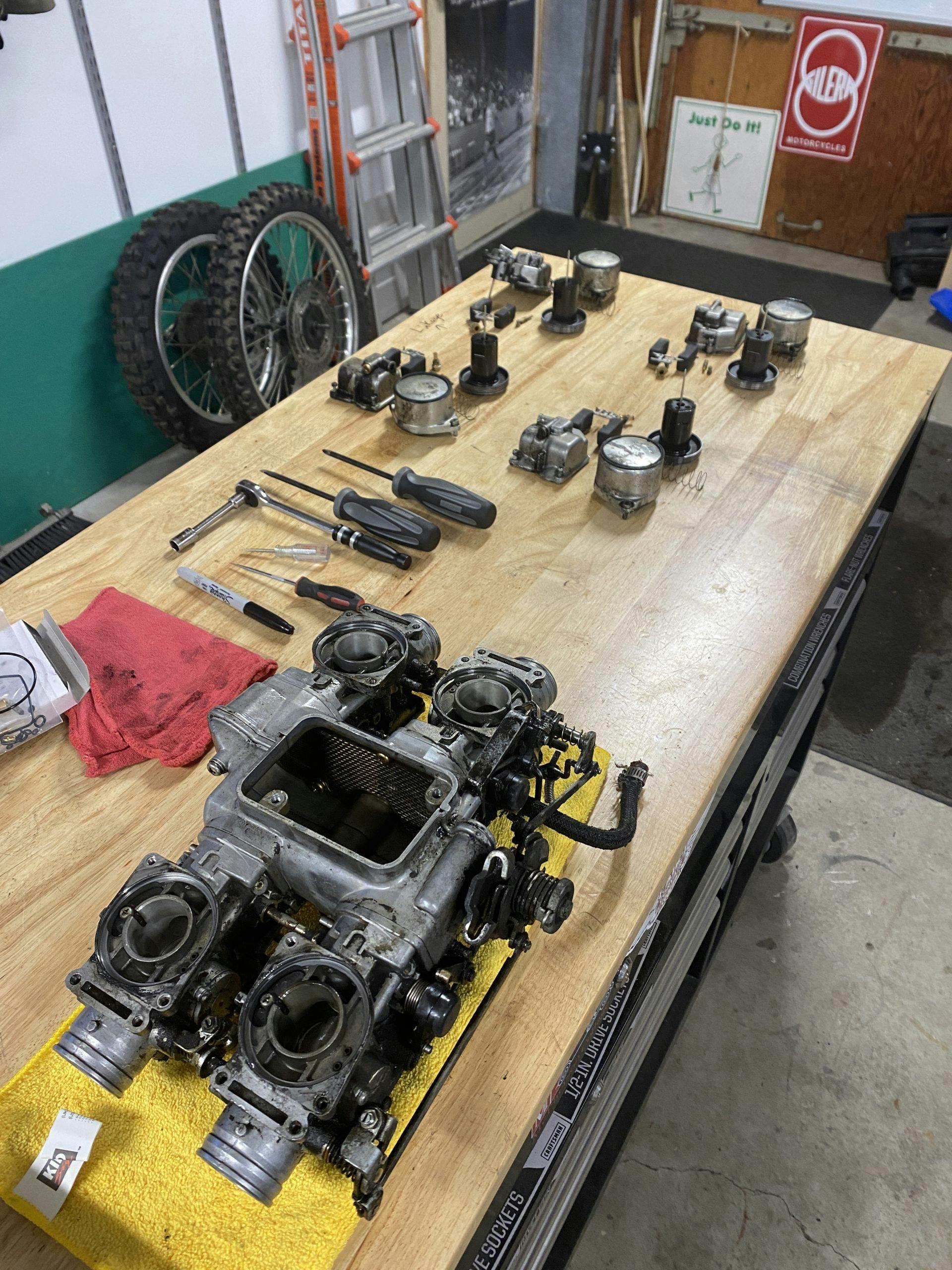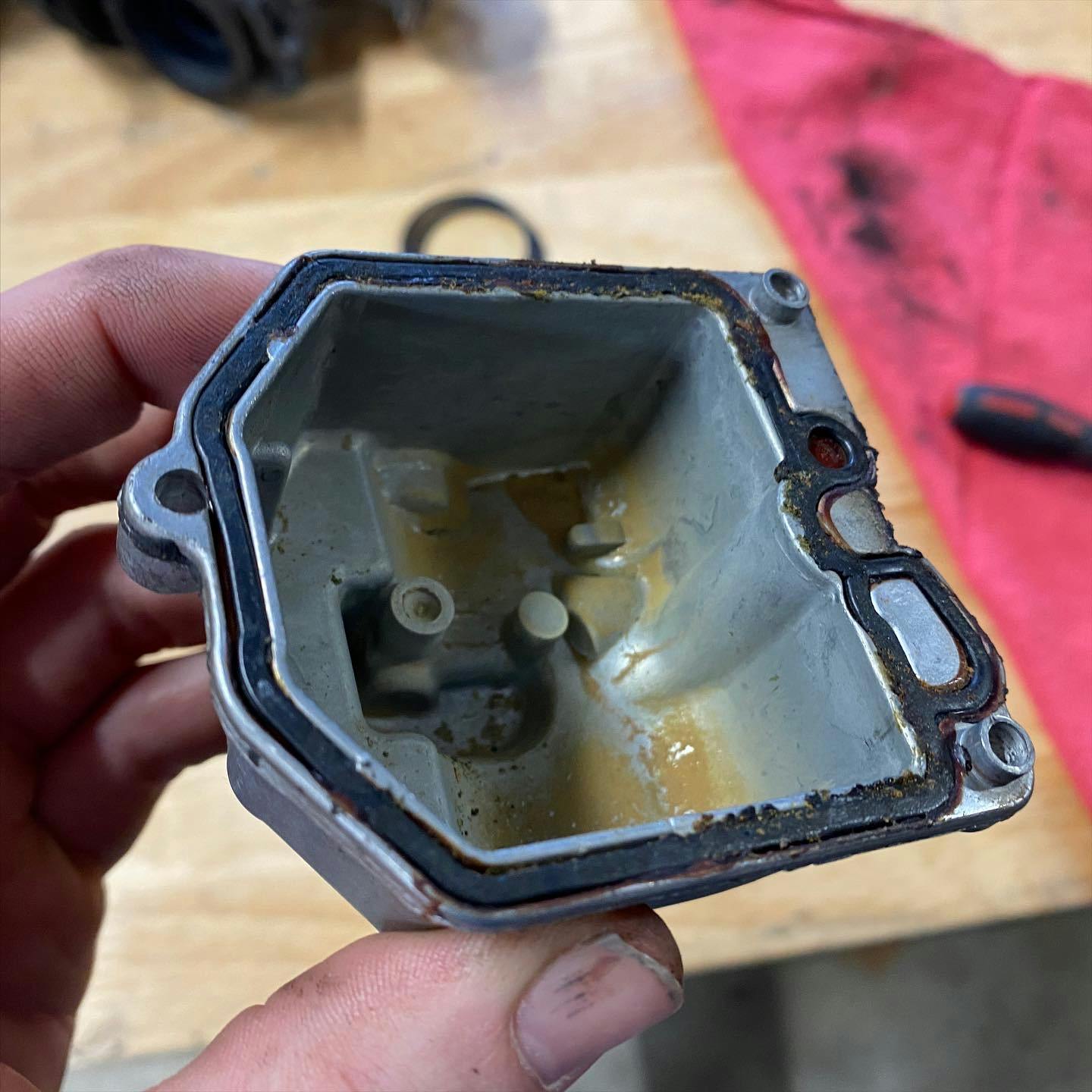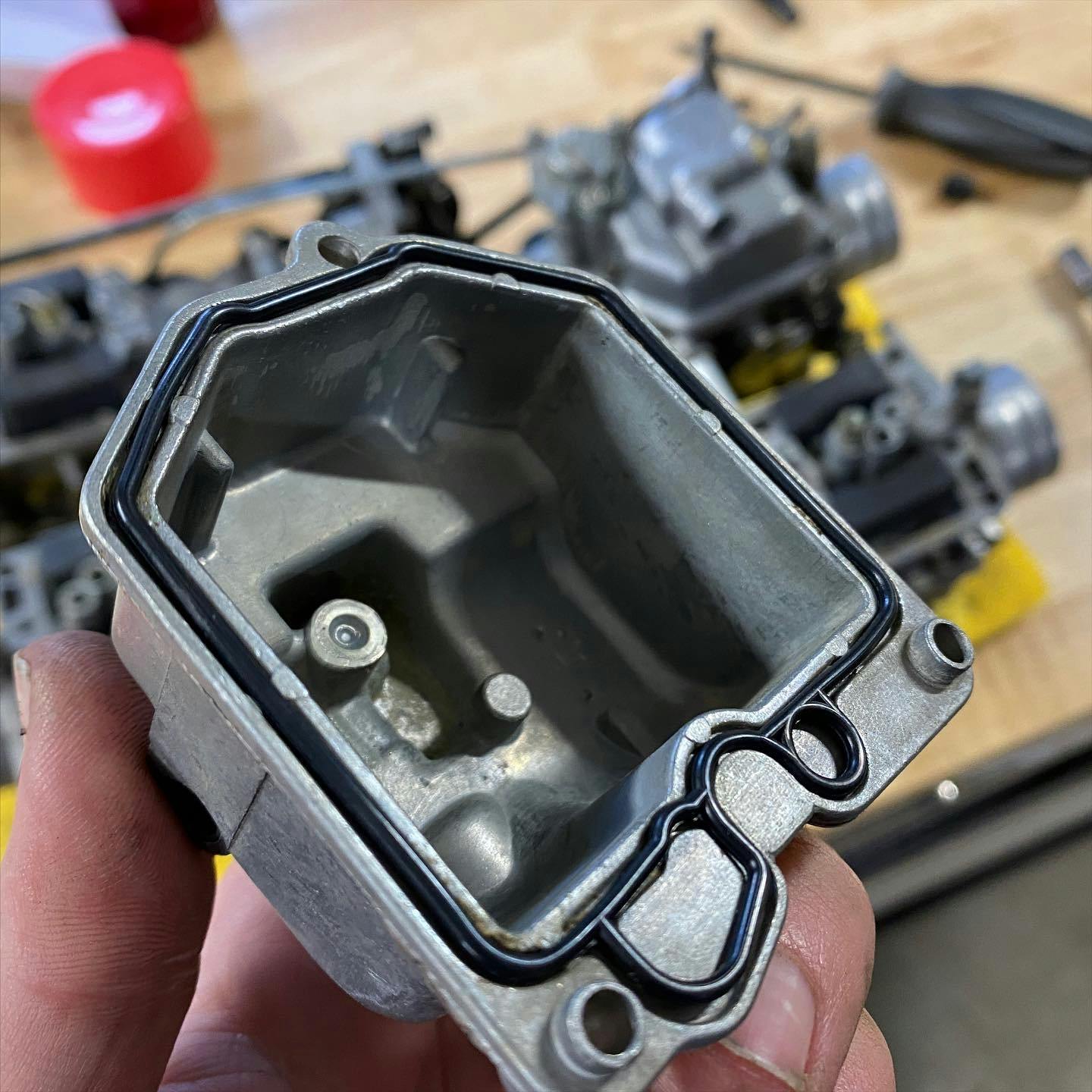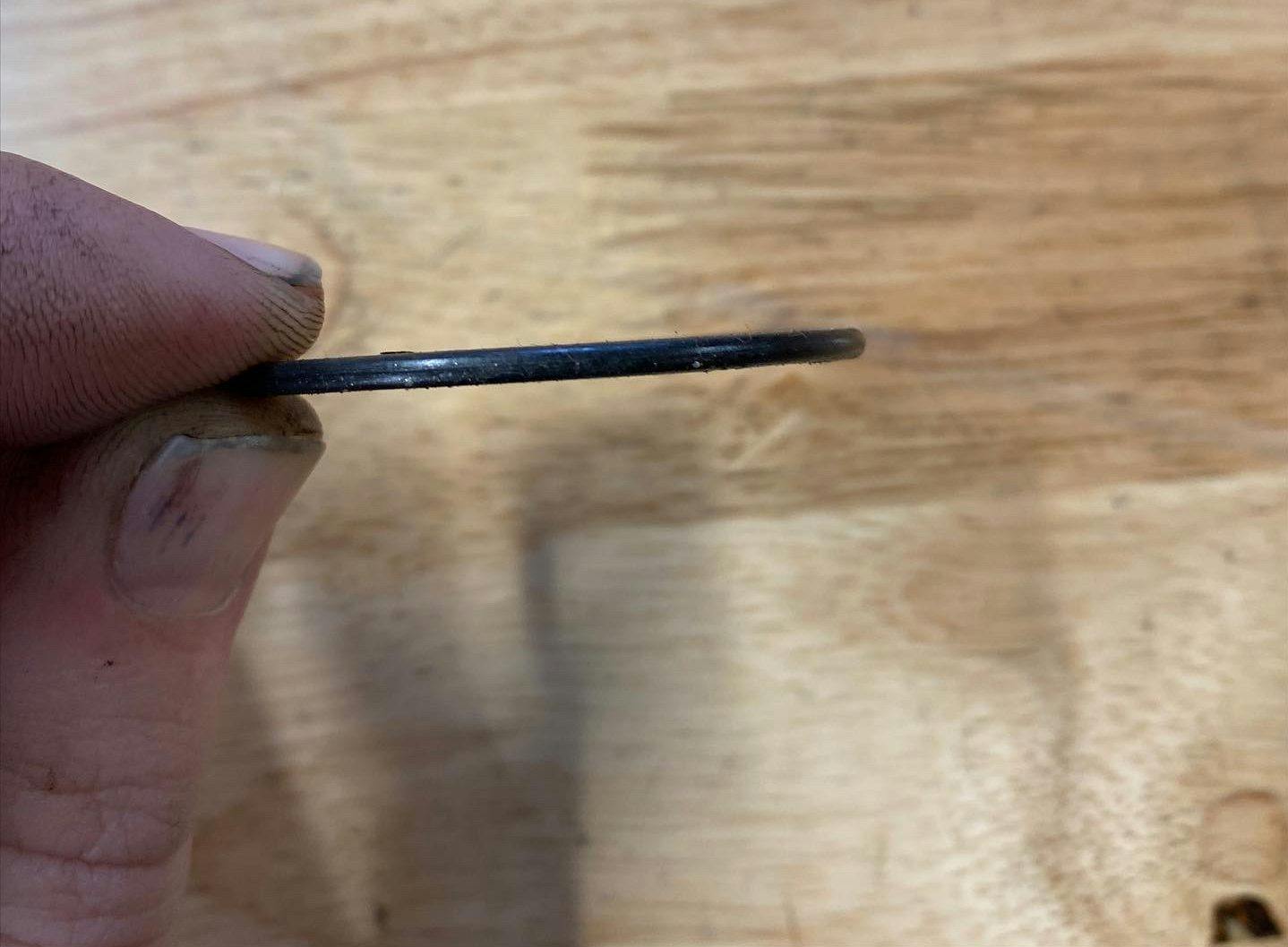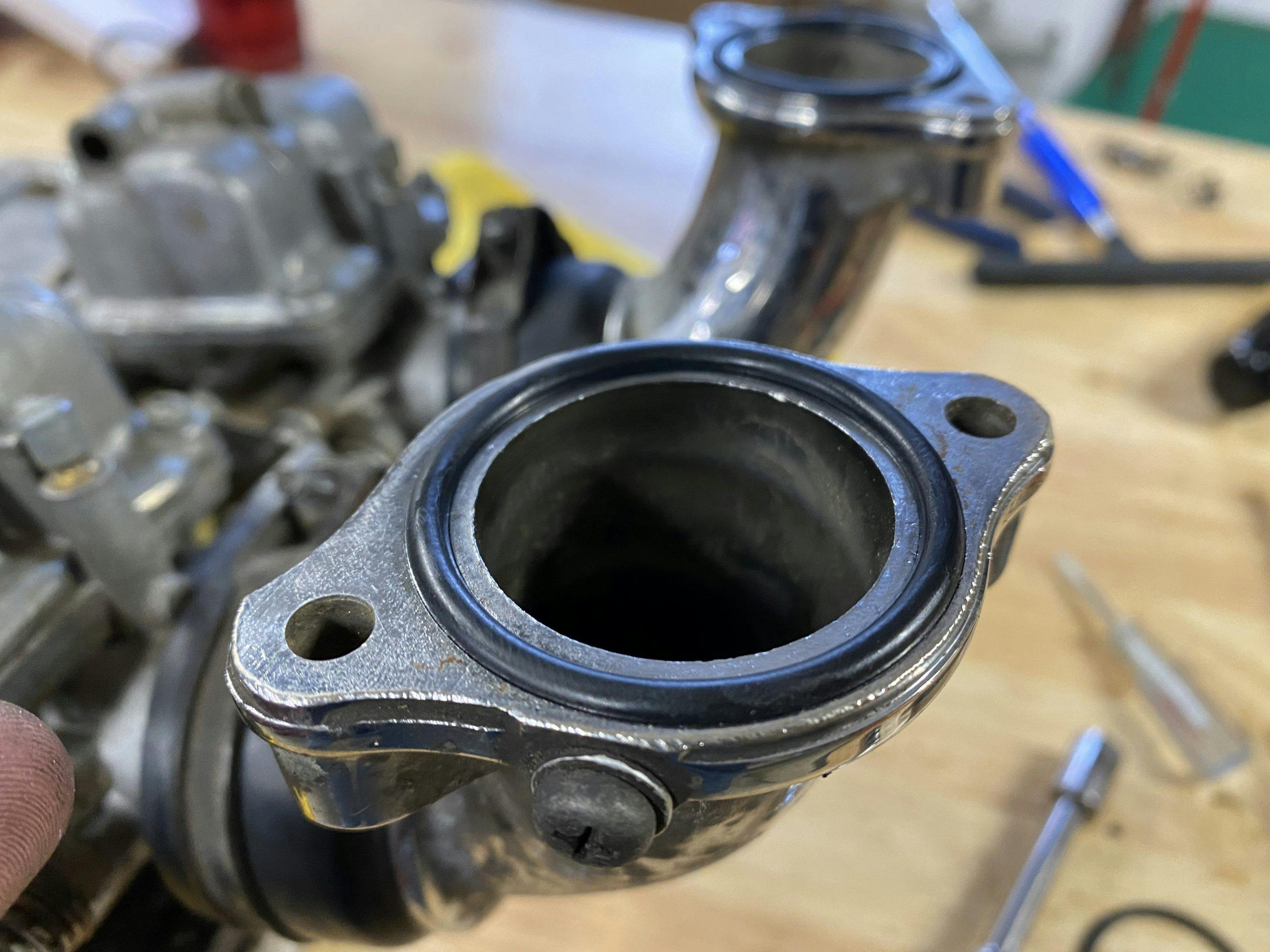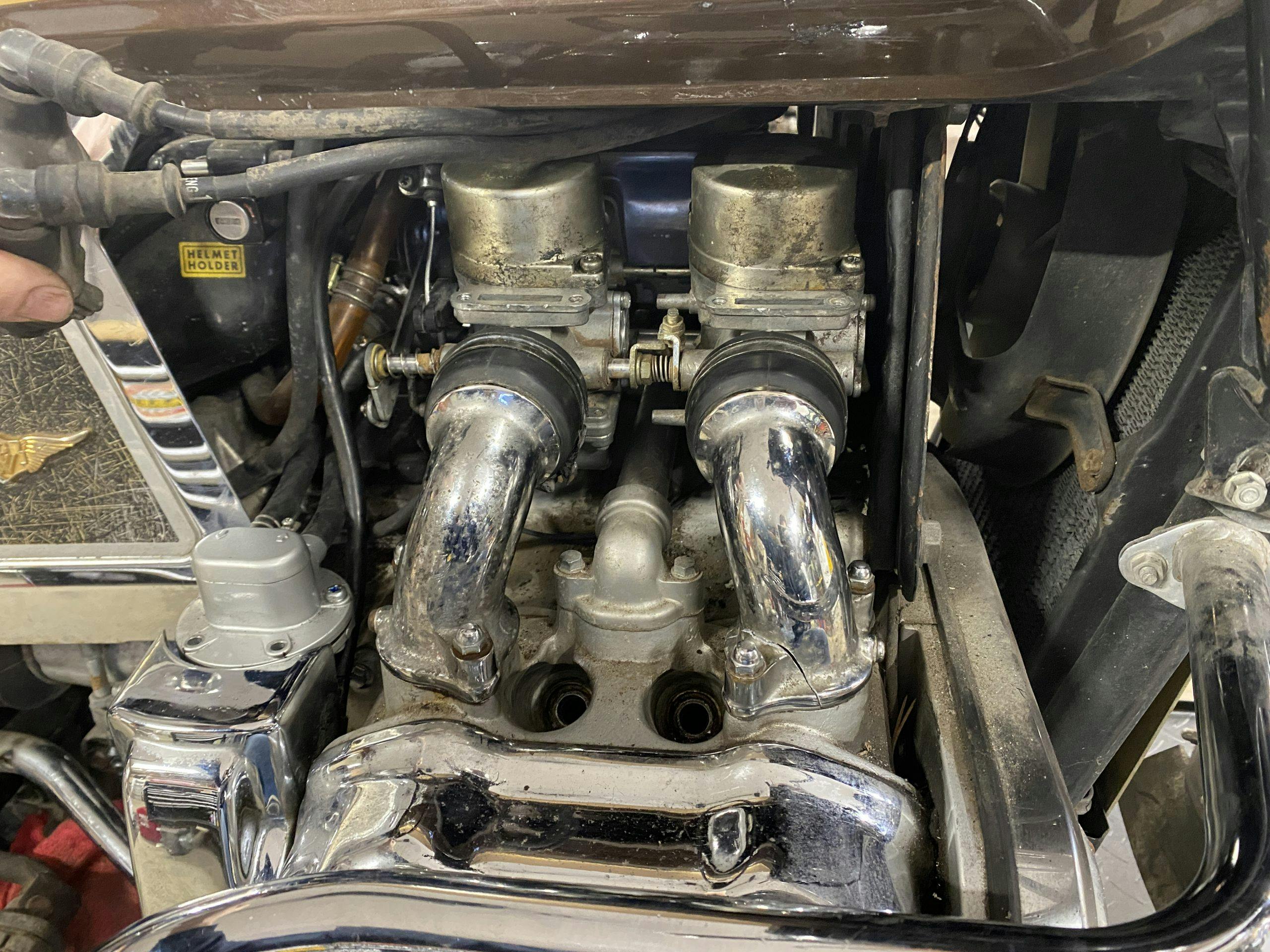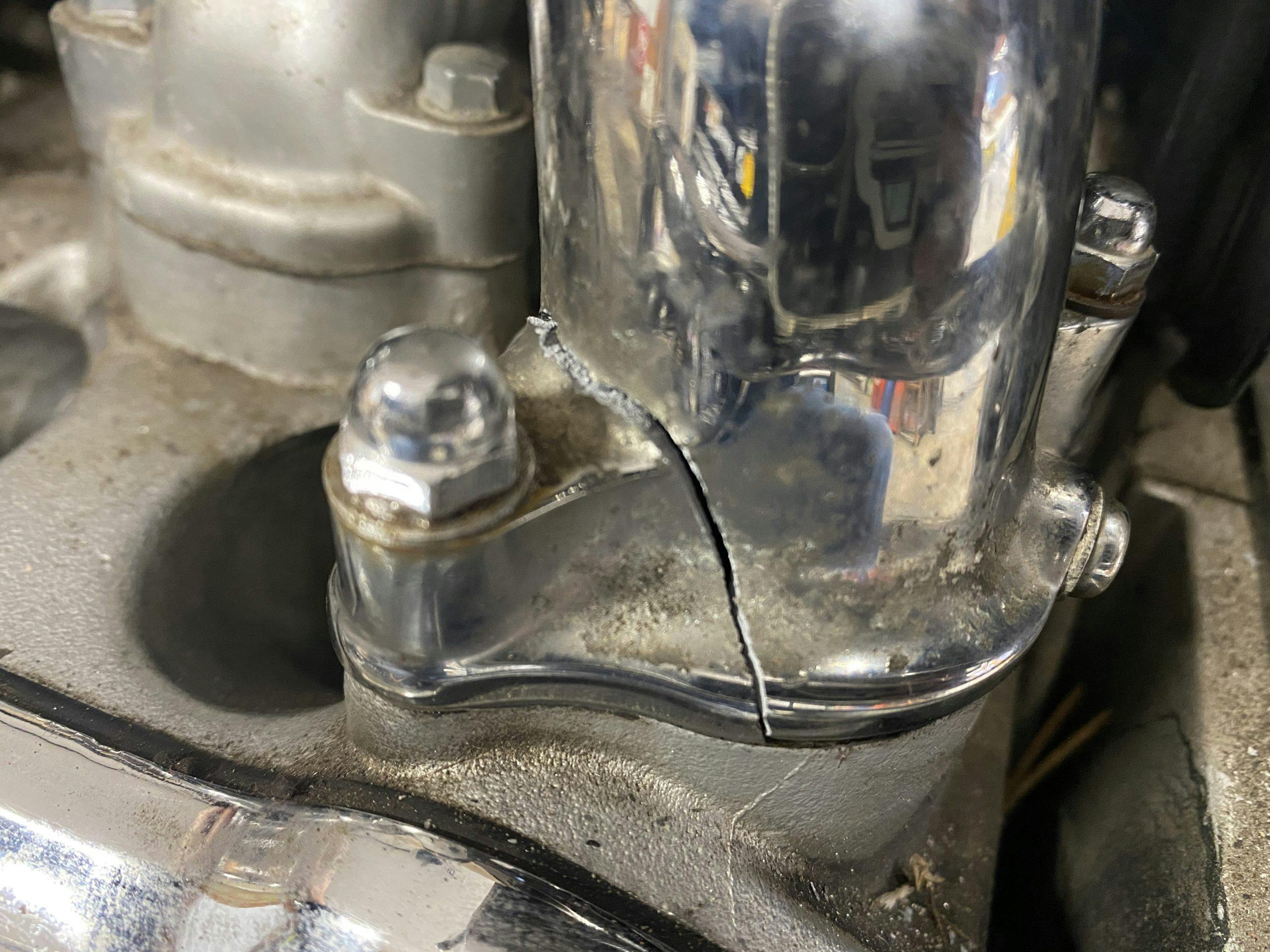Media | Articles
This Honda Goldwing cemented my love affair with O-rings
The seal between two components is vitally important in so many automotive systems, and this weekend I gained a new appreciation for the elastomer ring. A simple, trustworthy piece of kit that makes working on and maintaining my projects significantly easier—until I have a Monday morning lapse in judgement. I’m getting ahead of myself, though.
The subject of this love is a recently acquired 1982 Honda Goldwing. These über-touring machines have long piqued my curiosity, but I somehow couldn’t crack open my wallet and actually buy one. For years, I’ve talked about fixing up a Goldwing and taking it on a long journey. When I found this example on Craigslist and began my familiar noncommittal refrain, my boss Jack Baruth called my bluff. He put up the cash—now I have to do the work.
I started by giving the 79,000-mile flat-four a compression test, which yielded good news. The engine was healthy—but it ran like garbage. The exhaust appeared to be spitting raw gasoline on the left bank of cylinders. Pulling the spark plugs revealed that the front cylinder was flooded with raw gas—so flooded that spinning the engine over on the starter shot a stream of fuel out the spark plug hole.
The prospect of tearing into the CV carburetors on the GL1100 did not fill me with glee, but as I researched the process and read the shop manual, I was intrigued to learn the Honda made liberal use of my preferred method of sealing: O-rings. Most of the carb rebuild kits I installed on the quartet of carbs consisted of O-rings, precisely sized little doughnuts of black elastomer that smush ever so gently between surfaces to create a consistent, durable seal.
These little seals are so forgiving. Thanks to their rubbery consistency, O-rings accommodate slight imperfections in the mating surfaces that paper gaskets couldn’t handle—or, at least, couldn’t handle well. O-rings also make service a lot easier: You don’t have to worry about tearing them or carefully scraping them before reassembly.
Marketplace
Buy and sell classics with confidence
In a pinch—a roadside repair, for instance—you can take an O-ring-sealed component apart and put it back together without needing a replacement seal. The float bowl on my Honda SL125, for example. (That scenario, of course, assumes the O-ring was not the problem; but, in my experience, they rarely are.) Even better, O-rings are cheap: Even a massive selection will leave you change from a $20 bill. Regardless of your project vehicle, they’re quite handy to have around the shop.
However, there are downfalls to this convenience. Put in a slightly too thick replacement and the system won’t work correctly. For example, take the cast-aluminum intake runners that connect the individual carbs to the cylinder heads. Each of the Goldwing’s four O-rings sealing that cylinder head junction were flattened and hardened to the point that I couldn’t in good conscience put them back into service. They had served their term and them some. So I grabbed from my handy kit and shoved in the closest size O-ring I could find. I then got distracted with some other shiny object and, before bolting it all back together, left the garage for the night.
The next morning, I skipped the morning brew and headed directly to the garage to finish up the carb installation. Unfortunately, my enthusiasm got the best of me. I began ratcheting the 10mm bolts holding down those intake runners. I’m not going to sit here and make excuses—not being fully awake, drinking insufficient coffee, or holding the ratchet at 37 degrees instead of my normal 40 degree grip. Whatever the reason, I clamped down one ear of an intake runner and then started pulling down the other side, only to watch in horror as the ear of the intake runner neatly cracked, making it all but useless.
The O-ring I had hastily installed the night before was from my quick kit and was a little bit thicker than the OEM Honda piece. It didn’t compress as much as the original piece had, and my uneven tightening of the ears led to stress that the casting couldn’t handle. Luckily, GL1100s get parted out on the internet often enough that acquiring a new intake runner was no big issue, but repairing my hurt pride will take a bit longer.
Oh well. Live and learn, we all make mistakes, and other cliches that people use when they do dumb stuff. I still like O-rings, and always will.

